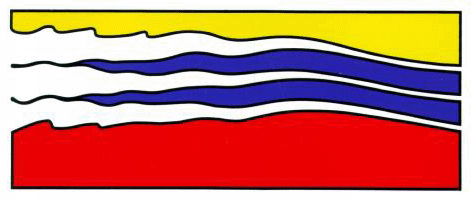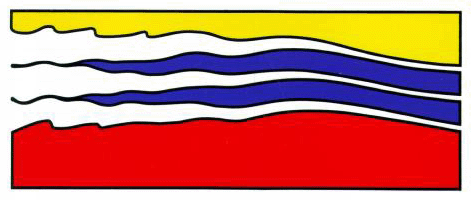
4111 Monarch Way, 3rd Floor
Old Dominion University
Norfolk, VA 23508
757-683-4940


Submarine mass failures (SMFs) are one of the major mechanism
for tsunami generation in coastal areas. Owing to the large volume
involved, SMFs can generate very large and energetic surface waves,
producing high wave run-up along the coast. Compared to seismogenic
tsunami, SMFs induced tsunami waves feature relatively shorter wave
lengths, and hence frequency dispersion effects can be significant or
even dominant in the wave evolution process. To simulate the tsunami
waves generated by the SMFs, a 3D Non-Hydrostatic Wave model NHWAVE has
been developed. The SMFs are modeled by either rigid landslides or
deformable slumps, which may generate approximate upper and lower bounds
for tsunami amplitudes to be expected in nature. The model has been
applied to study the March 11th 2011 Tohoku-Oki tsunami that devastated
the northeast coast of the Honshu Island, Japan, with the loss of almost
20,000 lives. It was found that the extreme runups of 40+ m along the
Sanriku coast could be explained by an additional tsunami source from a
SMF located on the northern edge of the earthquake rupture zone. This
study showed that the greatest (and most hazardous) runups may be due to
local secondary processes, such as SMF, rather than the earthquake.
This finding is important for future tsunami hazard assessment.
Dr. Gangfeng Ma is an Assistant Professor in the Department of Civil and Environmental Engineering at ODU. He earned B.S. and M.S. degrees in Civil Engineering from Tongji University in Shanghai, China, and a Ph.D. in Civil Engineering from the Center for Applied Coastal Research at the University of Delaware. His research interests are focused on coastal and estuarine hydrodynamics, sediment transport, wave breaking and nearshore turbulence, as well as sea level rise impacts on the coast.

|
Innovation Research Park Building I 4111 Monarch Way, 3rd Floor Old Dominion University Norfolk, VA 23508 757-683-4940 |

|